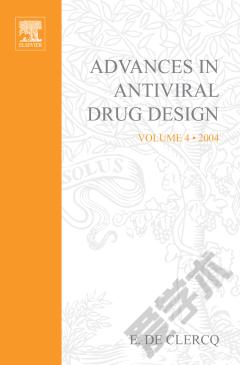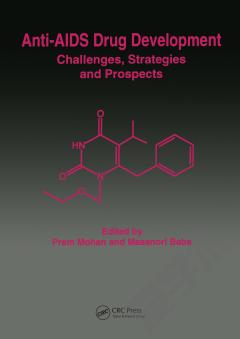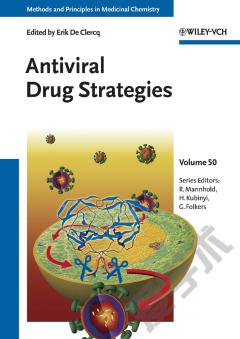Advances in Antiviral Drug Design
The purpose of the series on Advances in Antiviral Drug Design is to regularly review the "state of the art" on emerging new developments in the antiviral drug research field, thereby spanning the conceptual design and chemical synthesis of new antiviral compounds, their structure-activity relationship, mechanism and target(s) of action, pharmacological behavior, antiviral activity spectrum, and therapeutic potential for clinical use. Volume 2 begins with a description of the antiviral potential of antisense oligonucleotides by J. Temsamani and S. Agrawal. According to the aims of the anitsense technology, these oligonucleotides should be targeted at specific viral antisense technology, these oligonucleotides should be targeted at specific viral mRNA sequences so that translation to the virus-specified proteins is blocked; this has been achieved for a number of oligomers, some of which are now in clinical trials for the treatment of HIV, HCMV, and human papilloma virus (HPV) infections. Then C.-S. Yuan, S. Liu, S.F. Wnuk, M.J. Robins and R.T. Borchardt assess the role of S-adenosylhornocysteine (AdoHcy) hydrolase as target for the design of antiviral agents with broad-spectrum antiviral activity. This is followed by an in-depth account on the design and synthesis of a number of first-, second- and third-generation AdoHcy hydrolase inhibitors and their mode of action at the enzyme level.V.E.
{{comment.content}}








 京公网安备 11010802027623号
京公网安备 11010802027623号